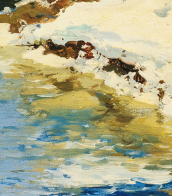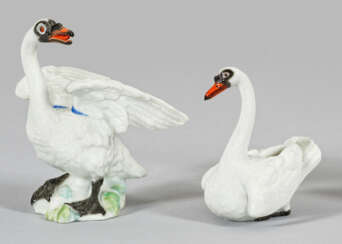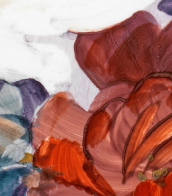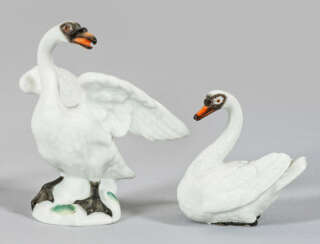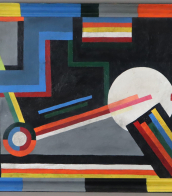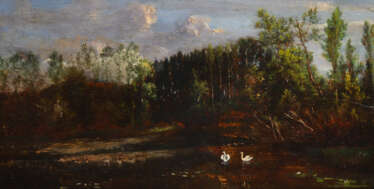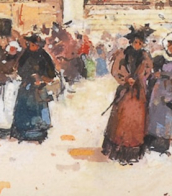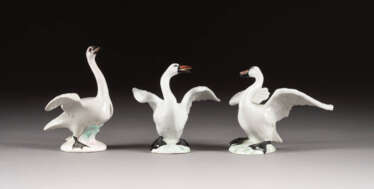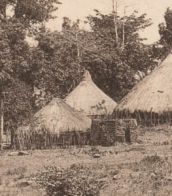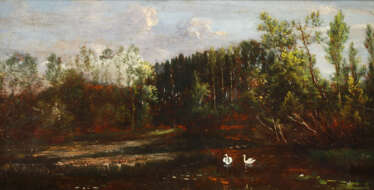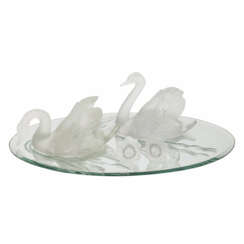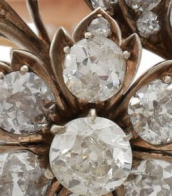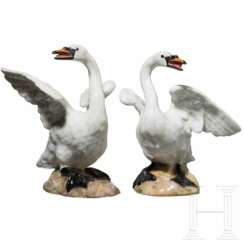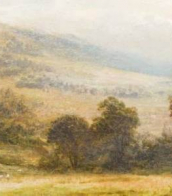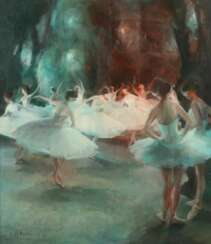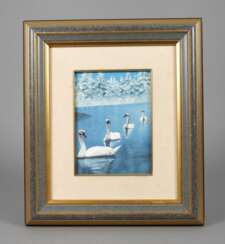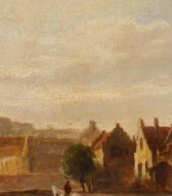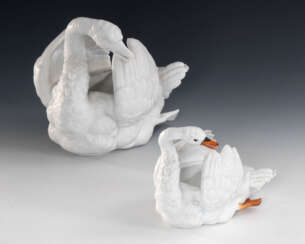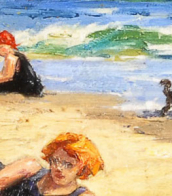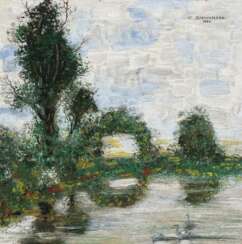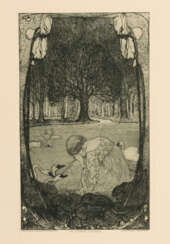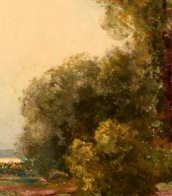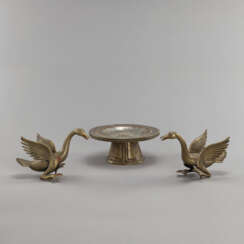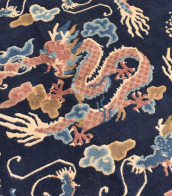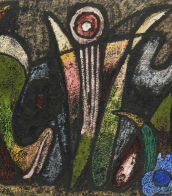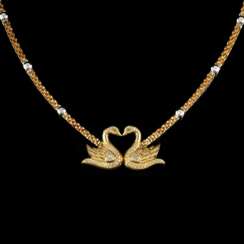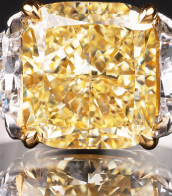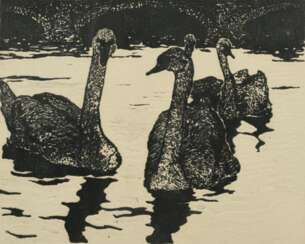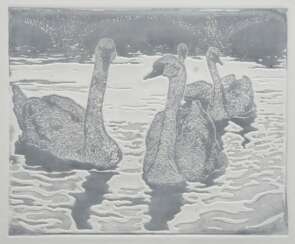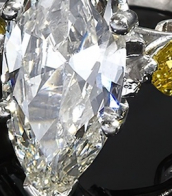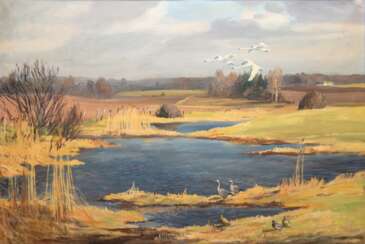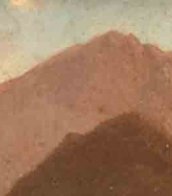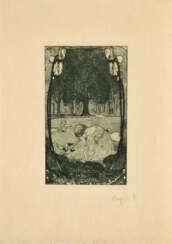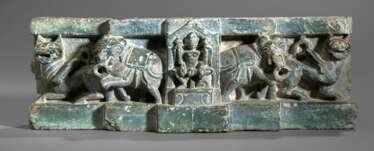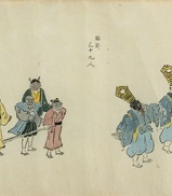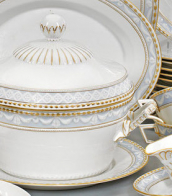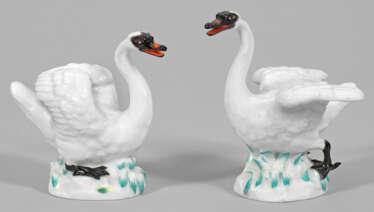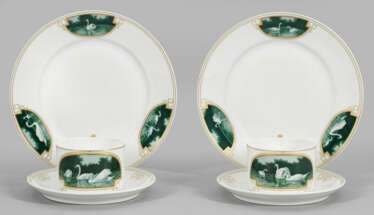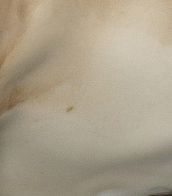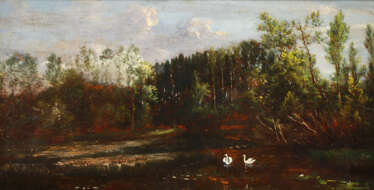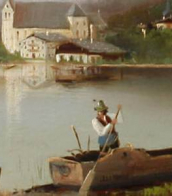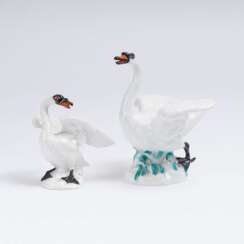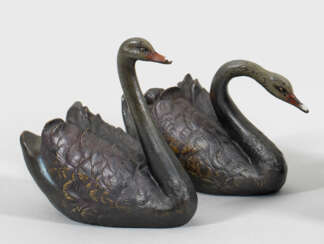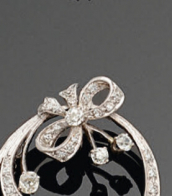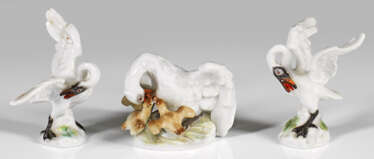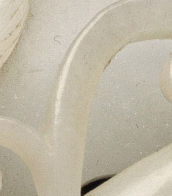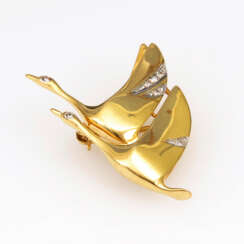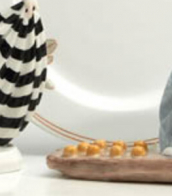schwäne
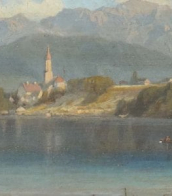
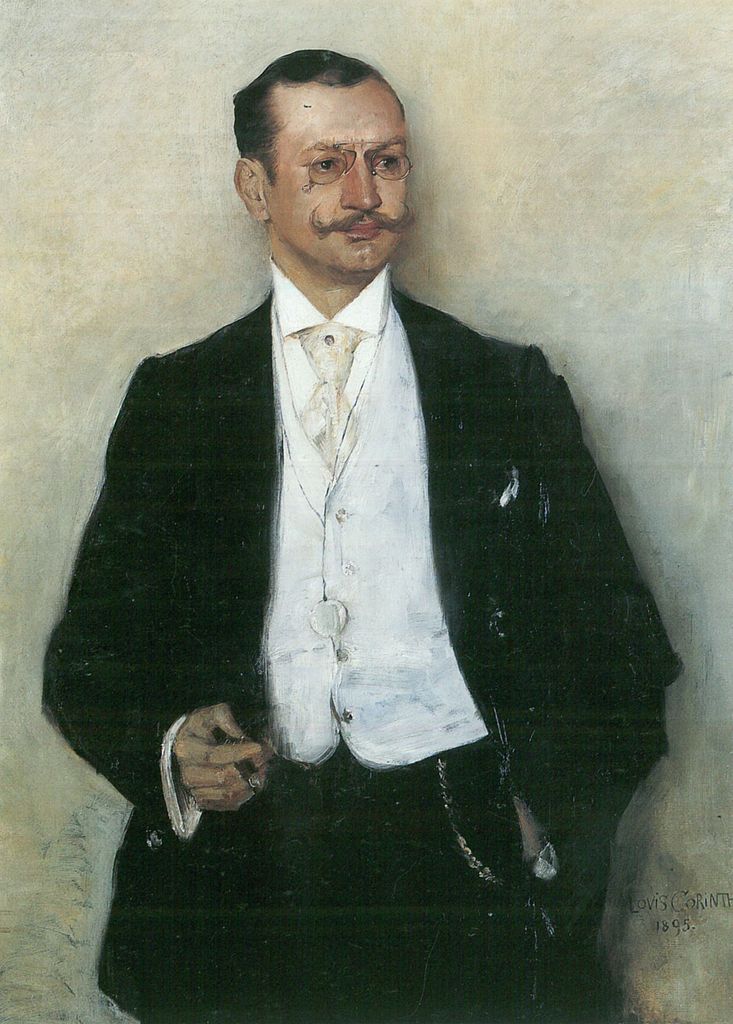
Carl Strathmann was a German painter in the Art Nouveau and Symbolist styles.
He was a member of the artists' association, Allotria and, briefly, the Munich Secession, but left after some unspecified disputes. In 1904, together with René Reinicke, Hans Beat Wieland, Rudolf Köselitz, Wilhelm Jakob Hertling, and several others, he co-founded the Munich Watercolorists' Association. He exhibited with the Deutscher Künstlerbund and the Berlin Secession, which held a major showing of his work in 1917.
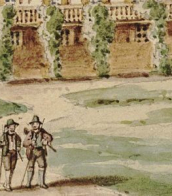
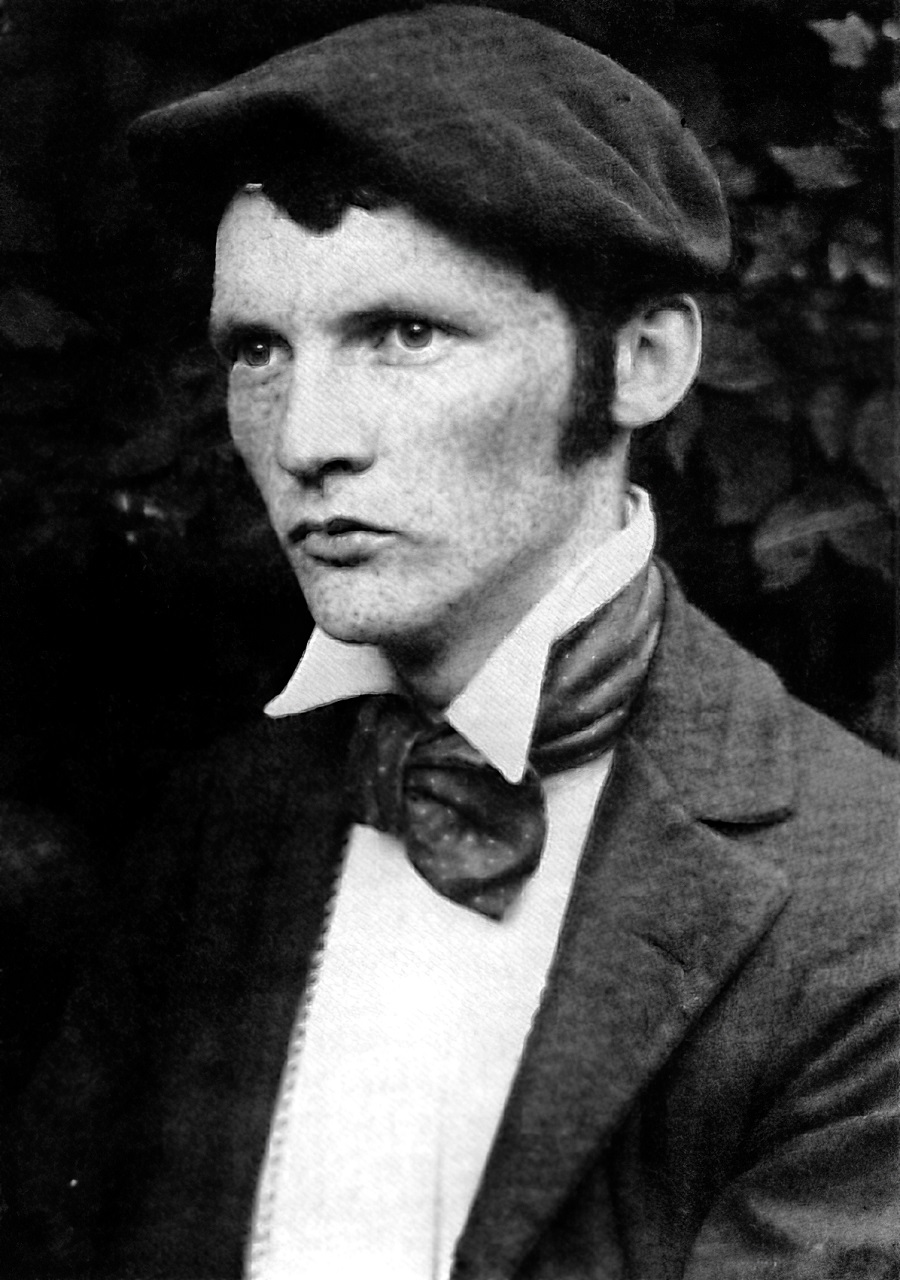
Heinrich Vogeler was a German artist and philosopher, a representative of the German Art Nouveau. A versatile and talented artist, he painted, watercolored, composed poems, designed, designed and decorated. Over time, his style of art changed over a wide range.
During World War I, from 1914 to 1917, Vogeler was on the Eastern Front as a volunteer and made sketches, which resulted in his pacifist sentiments.
In the mid-1920s he visited the Soviet Union several times and his impressions resulted in paintings in his own "complex style: "Karelia and Murmansk" (1926), "Building a New Life in the Soviet Republics of Central Asia" (1927), and "Baku" (1927). In 1931 Vogeler received an invitation to work in the USSR. The coming to power of the Nazis in Germany made it impossible for him to return home, and after Hitler's invasion Vogeler among many was deported to the Kazakh SSR, where he died.
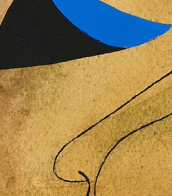
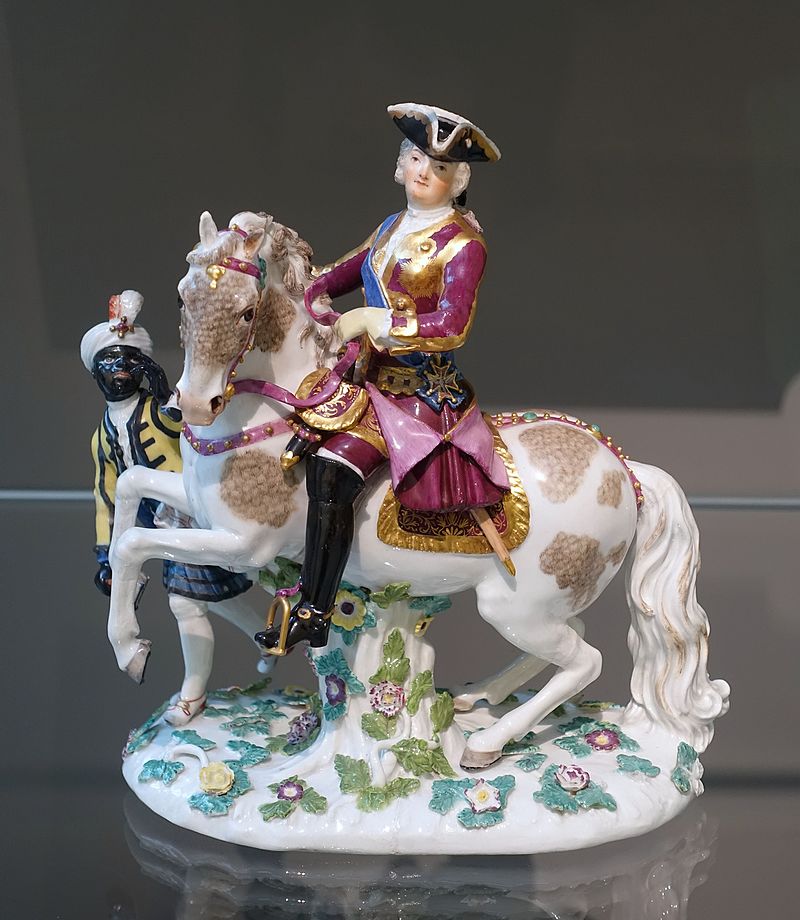
Johann Joachim Kändler was a German sculptor and porcelain artist best known for his role in transforming European porcelain, particularly through his work at the Meissen porcelain factory. His sculptures and figurines, characterized by their natural motifs and intricate details, significantly impacted the porcelain industry.
Kändler's early works often depicted elements from nature, with his bird sculptures—such as those of jays and woodpeckers—being particularly notable. As his career evolved, he delved into smaller decorative figures, such as those from the "Swan Service," a collection of detailed and delicate porcelain pieces. Kändler also drew inspiration from the commedia dell'arte, a popular form of theater, creating vibrant figurines that captured the spirit of this genre. His "Monkey Band" from 1753 is an enduring piece still celebrated today.
Throughout his career, Kändler produced over a thousand different items, many of which are now considered timeless masterpieces in European porcelain art. You can find his works in museums and galleries, such as the British Museum, Seattle Art Museum, and The Metropolitan Museum of Art. Some pieces are even available for auction or sale, often fetching high prices due to their rarity and artistic significance.
If you'd like to learn more about Johann Joachim Kändler or stay updated on related sales and auctions, you can subscribe to our newsletter for timely information and insights into his works.
